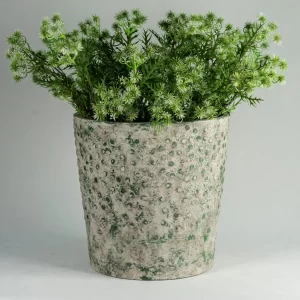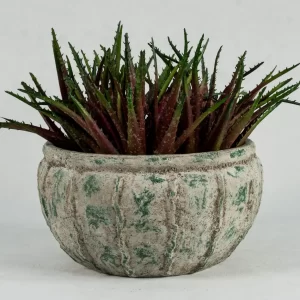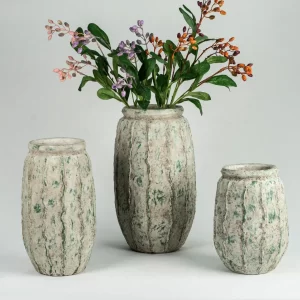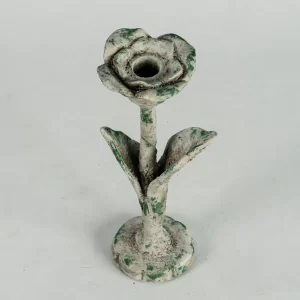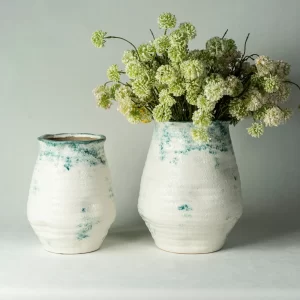Glazed pottery is a kind of pottery product that coats glaze (a glass-like substance) on the pottery surface and fires at high temperature to make it adhere firmly to the surface of the pottery. Not only does the glaze make the pottery pretty, but it also enhances its durability and practicality. Glazed pottery holds an important position in human history and was used both as a decoration and in daily life.
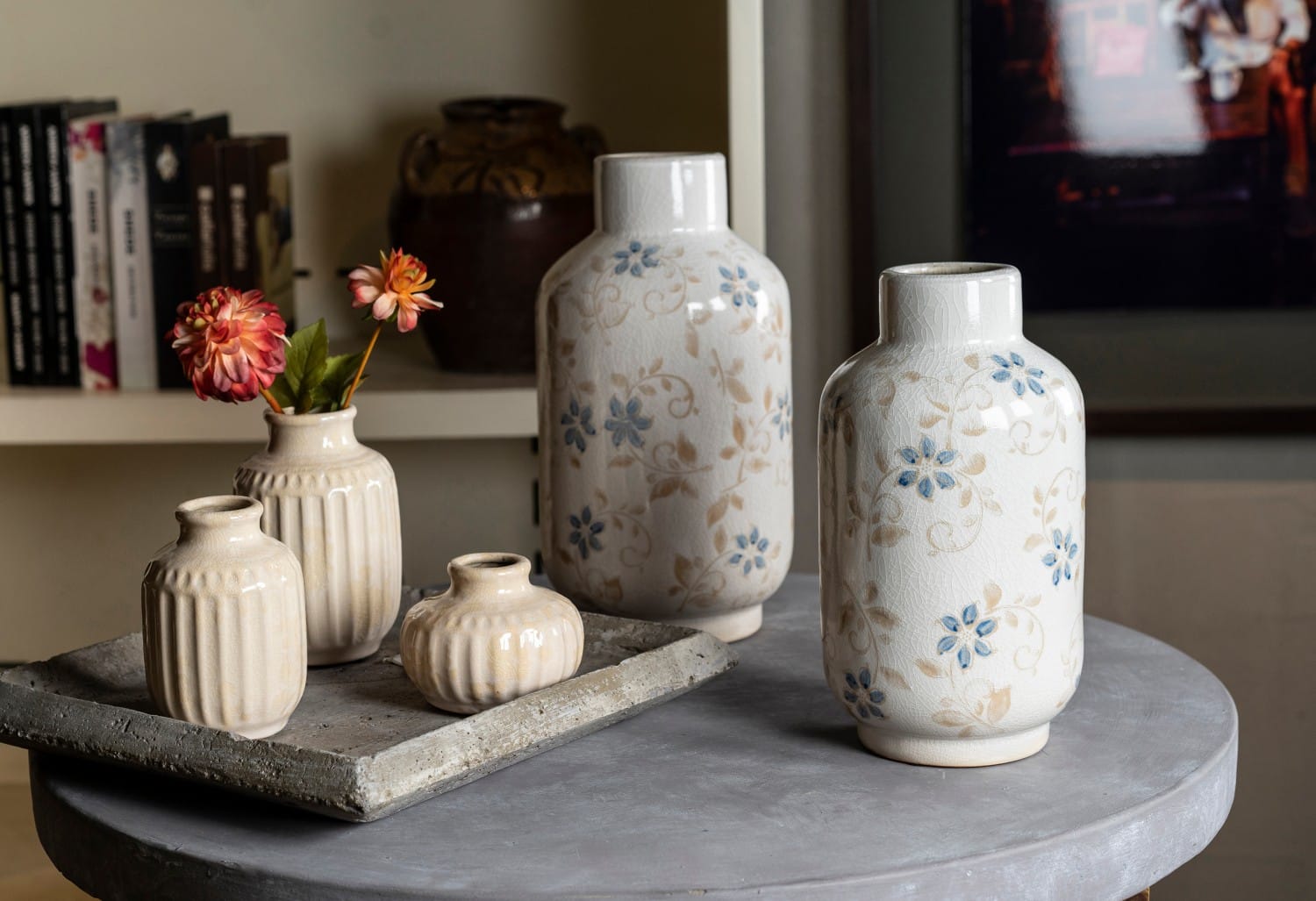
Basic Composition of Glaze
Glaze is a smooth or glassy liquid composed of minerals and other materials that is applied to the surface of fired pottery at high temperatures. The main ingredients of glaze include:
Silicon: This is the basic ingredient of glaze and provides a glassy surface.
Flux: Lowers the melting point of silicon, making the glaze easier to fire.
Aluminum oxide: Makes the glaze stable and prevents it from flowing.
Colorants: Colorants are mainly oxidized metals such as iron oxide, cobalt oxide, copper oxide, etc., which give the glaze rich colors.
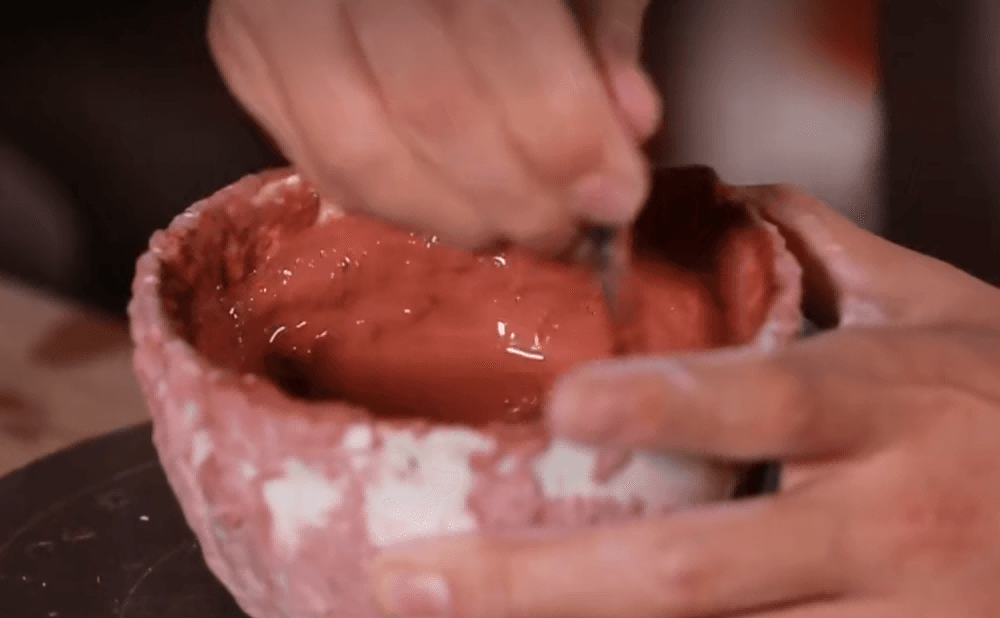
Functions Of Glazed Pottery
Beautiful: Glaze adds rich colors, gloss and texture to pottery, making each piece unique and becoming an aesthetic embellishment in life.
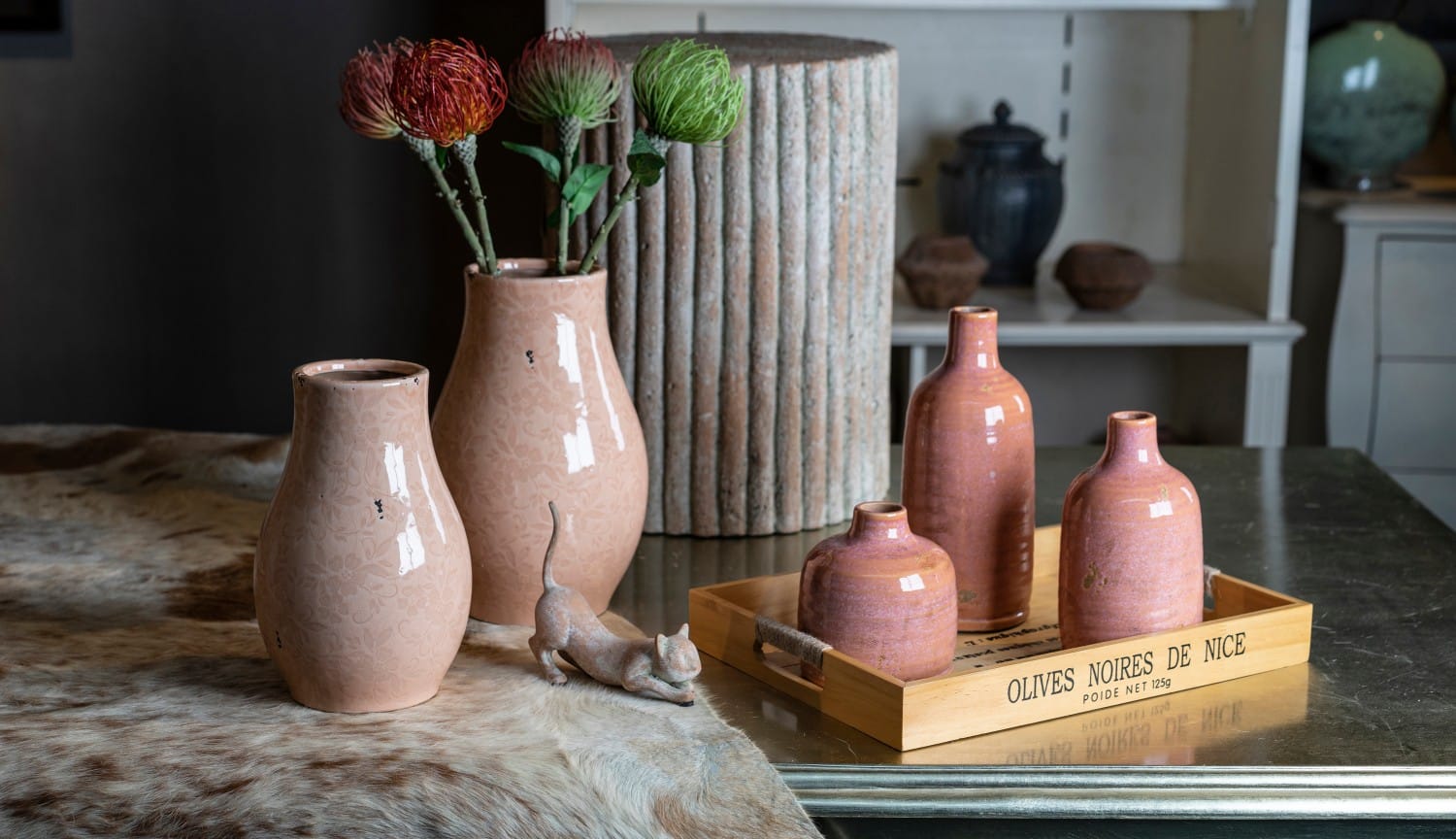
Waterproof: The glaze fired at high temperature forms a dense surface layer, which effectively prevents liquid penetration, allowing pottery to safely hold liquids and extend its service life.
Durable: The glaze layer forms a protective film on the surface of pottery to prevent scratches, wear and external erosion, maintaining the hygiene and durability of the utensils.
Hygiene: The glaze is smooth and easy to clean, and food and stains are not easy to adhere to. They can be removed with a simple wash, ensuring the safe use of tableware, which is deeply loved by consumers.
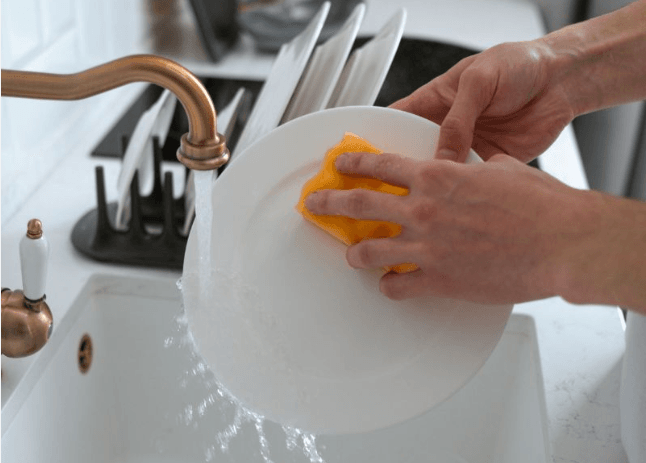
Types of glazes
Glazes can be divided into the following types according to their effects and uses:
Glossy glaze: smooth and reflective surface.
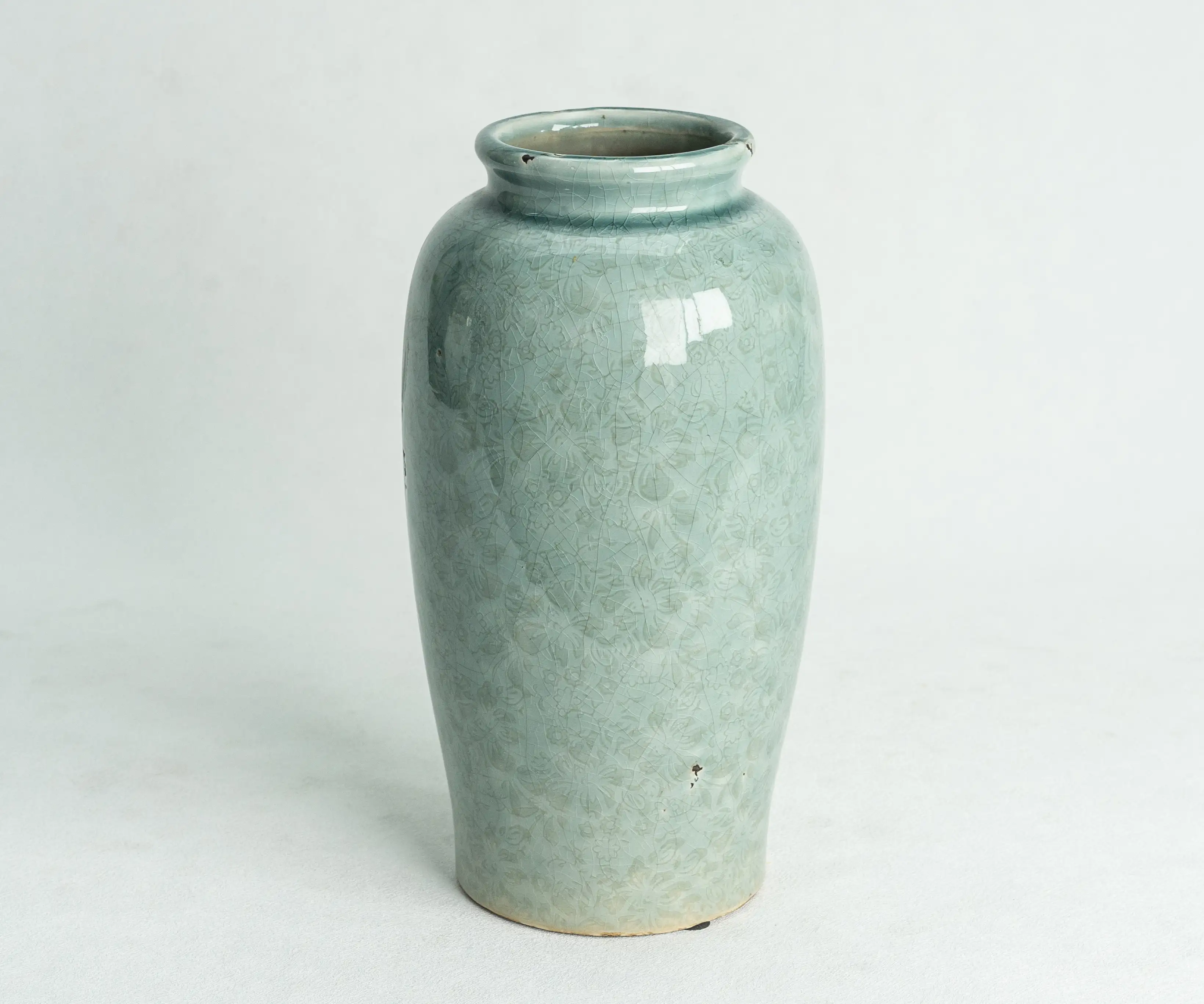
Matte glaze: soft and matte surface with unique texture.
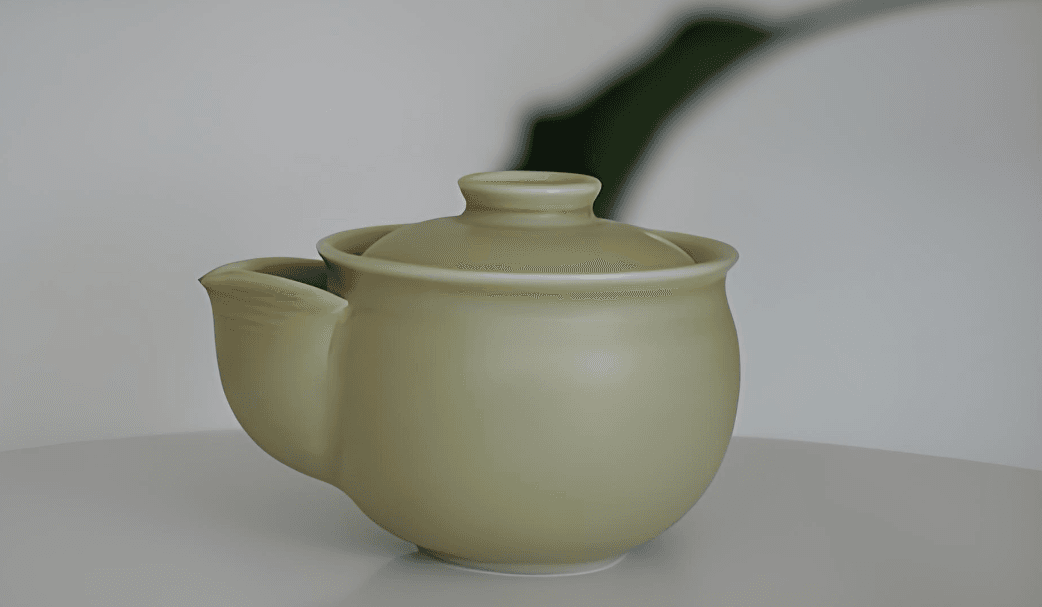
Transparent glaze: underglaze decoration or pottery color can be seen through the glaze.
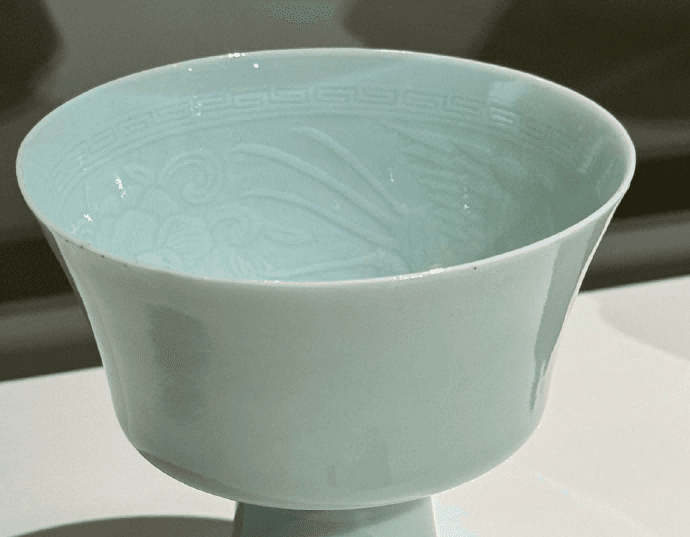
Opaque glaze: strong covering power, completely covering the base material.
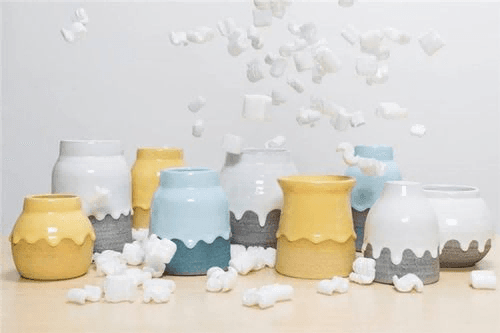
Celadon glaze: a translucent glaze, often light green or blue.
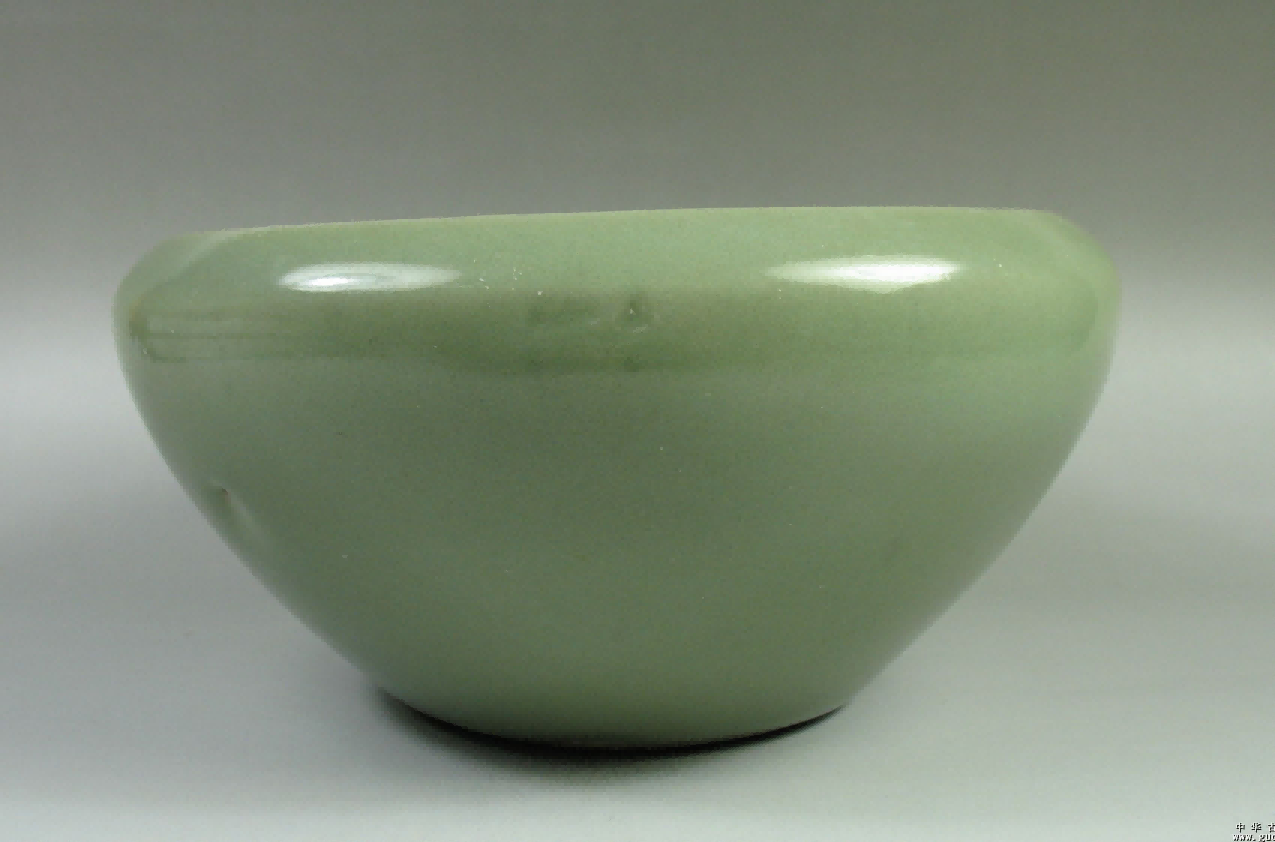
Gray glaze: made of wood ash, the glaze effect is natural and varied.
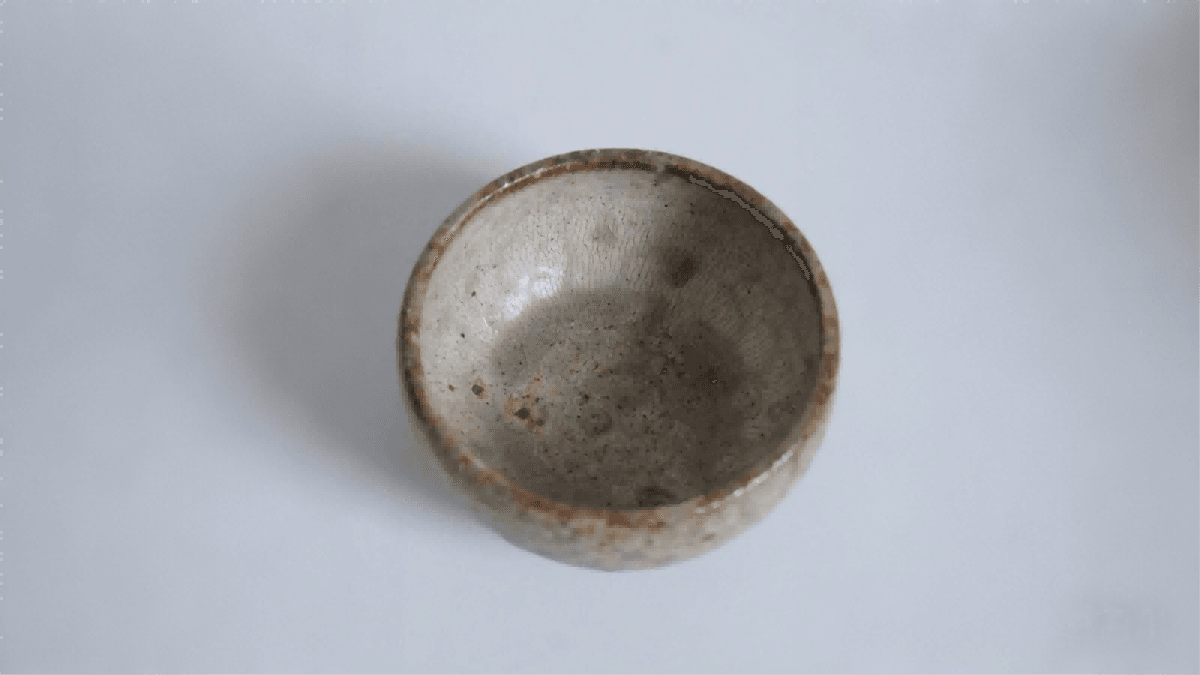
Satin glaze: between glossy glaze and matte glaze, with a delicate surface.
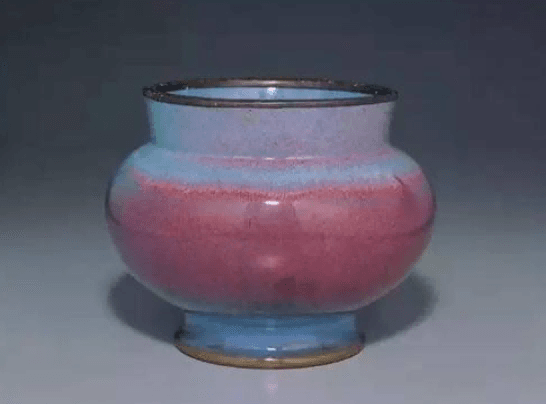
The Production Process of Glazed Pottery
Bisque firing
This is the first step, firing the pottery prototype at a low temperature (800-1000°C) to make it hard but porous for the subsequent glaze to adhere. Temperature control is important, too high will damage the pottery, too low will not be hard enough.
Glazing
After the pottery cools, glaze is applied. Glazing methods include brushing, dipping, spraying and pouring, each method will affect the effect and quality of the glaze. This step requires skills to ensure that the glaze layer is even and beautiful.
High-Temperature Firing
Glazed pottery enters the high-temperature firing stage, usually between 1000°C and 1300°C. At this time, the glaze melts and combines with the surface of the pottery to form a hard, smooth surface. Temperature and time control are critical and will also affect the glaze color and texture.
Cooling and Inspection
After firing, the pottery needs to be slowly cooled. After cooling, check whether the glaze is smooth and flawless. Qualified glazed pottery can be processed later.
The Artistic and Cultural Value of Glazed Pottery
Glazed pottery plays an important role in cultures around the world. For example, the Chinese celadon craft, Italian Maiolica and the Middle East’s Iznik are all renowned. Potters create unique textures and colors through glazes, making each piece a manifestation of art.
Summarize
Glazed pottery is not only a practical item in life, but also an important representative of culture and art. The manufacture of glazed pottery includes complex steps such as carving, molding, firing and glazing. After being carefully carved and molded, the pottery is fired at high temperature to show unique colors and textures.
From handmade coffee cups to exquisite decorative vases, they can be used for viewing or integrated into the home to add an artistic touch.
About SANTAi
Santai is a professional decorative pottery manufacturer. Our products cover a variety of styles of ceramic artworks from traditional to modern, from classic to innovative. Including ceramic vases, ornaments, sculptures, art ceramics, etc.
We provide professional wholesale ceramic home decor and OEM&ODM custom pottery solution. We provide customers with customized sizes, colors, styles, and special craftsmanship effects to achieve a perfect combination of aesthetics and functionality.
With its excellent product quality and highly competitive prices, Santai has won widespread trust and praise from customers around the world.
Welcome to contact us.
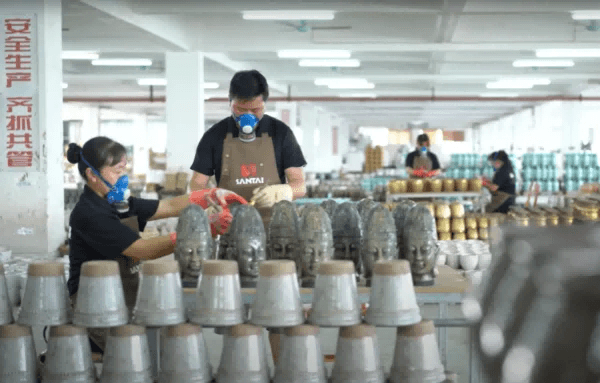
Contact Us
Don't hesitate to call us+86-13828361008
Don't hesitate to call ussale01@santai.cn
Don't hesitate to contact usRuyi Industrial Zone, Chaozhou, Guangdong, China

